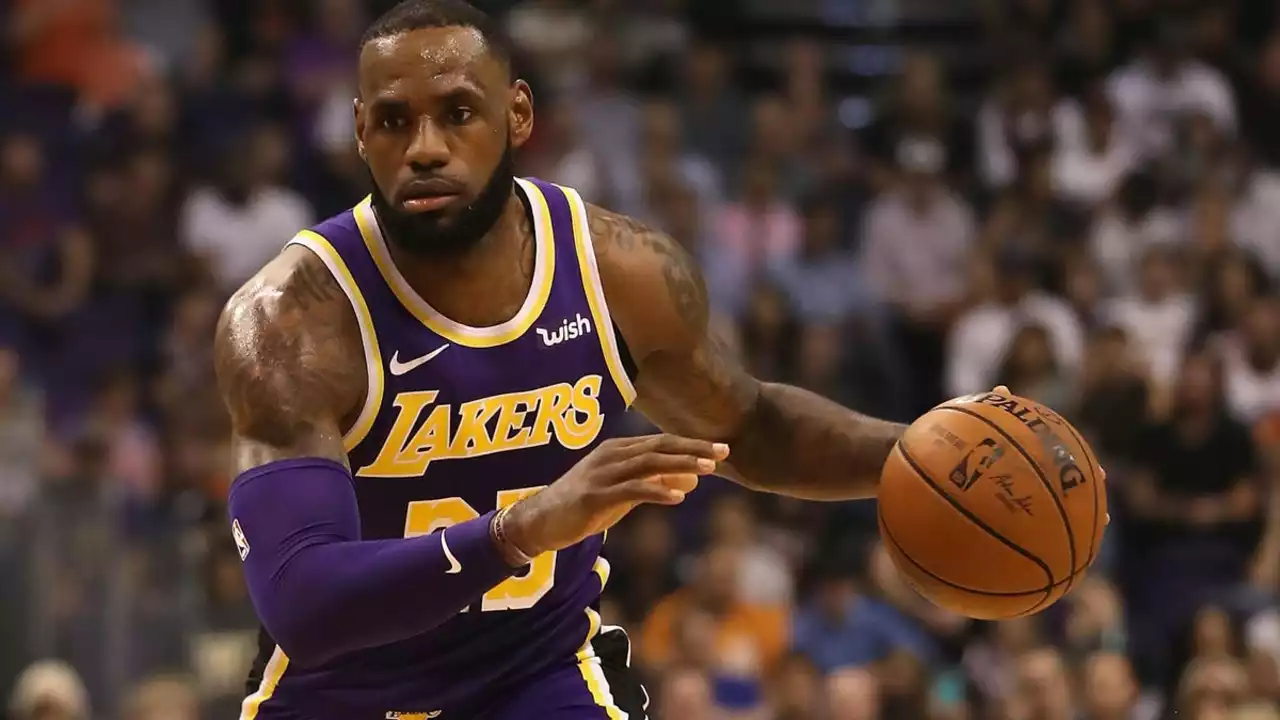Player Evaluation: Simple Ways to Judge Basketball Talent
When you’re trying to build a stronger team, you need a clear method to judge players. Too often coaches rely on gut feeling alone, missing out on data that can reveal hidden strengths. Below you’ll find a step‑by‑step approach that blends numbers, video, and on‑court observation so you can make smarter decisions faster.
Start with the Basics: Stats and Physicals
First stop: the stat sheet. Look beyond points per game—check shooting percentages, turnover rate, and defensive rebounds. A guard who scores 15 points but shoots 30% from three isn’t as valuable as one who hits 40% on fewer attempts. Pair those numbers with height, wingspan, and vertical jump. Those measurables give you a quick snapshot of a player’s physical ceiling and help you match them to your system.
Watch the Intangibles on the Court
Numbers tell part of the story, but you also need to see how a player moves. Pay attention to decision‑making in tight spaces, off‑ball movement, and communication with teammates. Does the player hustle for loose balls? Do they keep calm under pressure? Those traits often separate a good player from a great one. A short drill session where you run a 3‑on‑2 scenario can expose a player’s ability to read defenses and make the right pass.
Video analysis is a powerful ally. Use slow‑motion replays to break down shooting form, footwork, and defensive positioning. Compare a player’s footage against a benchmark—say, a league All‑Star at the same position. Spotting subtle flaws, like a rushed release or a habit of drifting on defense, lets you give targeted feedback that speeds up improvement.
Don’t ignore the mental side. A player's attitude in practice, willingness to take criticism, and consistency in effort often predict long‑term growth. Short interviews or a quick questionnaire about goals and motivations can reveal if a player’s mindset aligns with your club’s culture.
Once you gather stats, video, and behavioral notes, rank each player on a simple 1‑5 scale for key categories: shooting, defense, basketball IQ, and work ethic. Add up the scores for an overall rating, but keep a separate column for “potential.” A younger player might score lower now but show a high ceiling, making them a better investment.
Finally, test your evaluation by putting the player in a real‑game scenario. Track how their rated strengths translate into actual performance. Adjust your weighting if you notice gaps—maybe defensive reads matter more for your style than raw scoring numbers.
With this blend of data, video, and observation, you’ll move past guesswork and build a roster that fits your vision. Remember, the goal isn’t to find perfect players but to identify who can improve and contribute the most to your team’s success.
